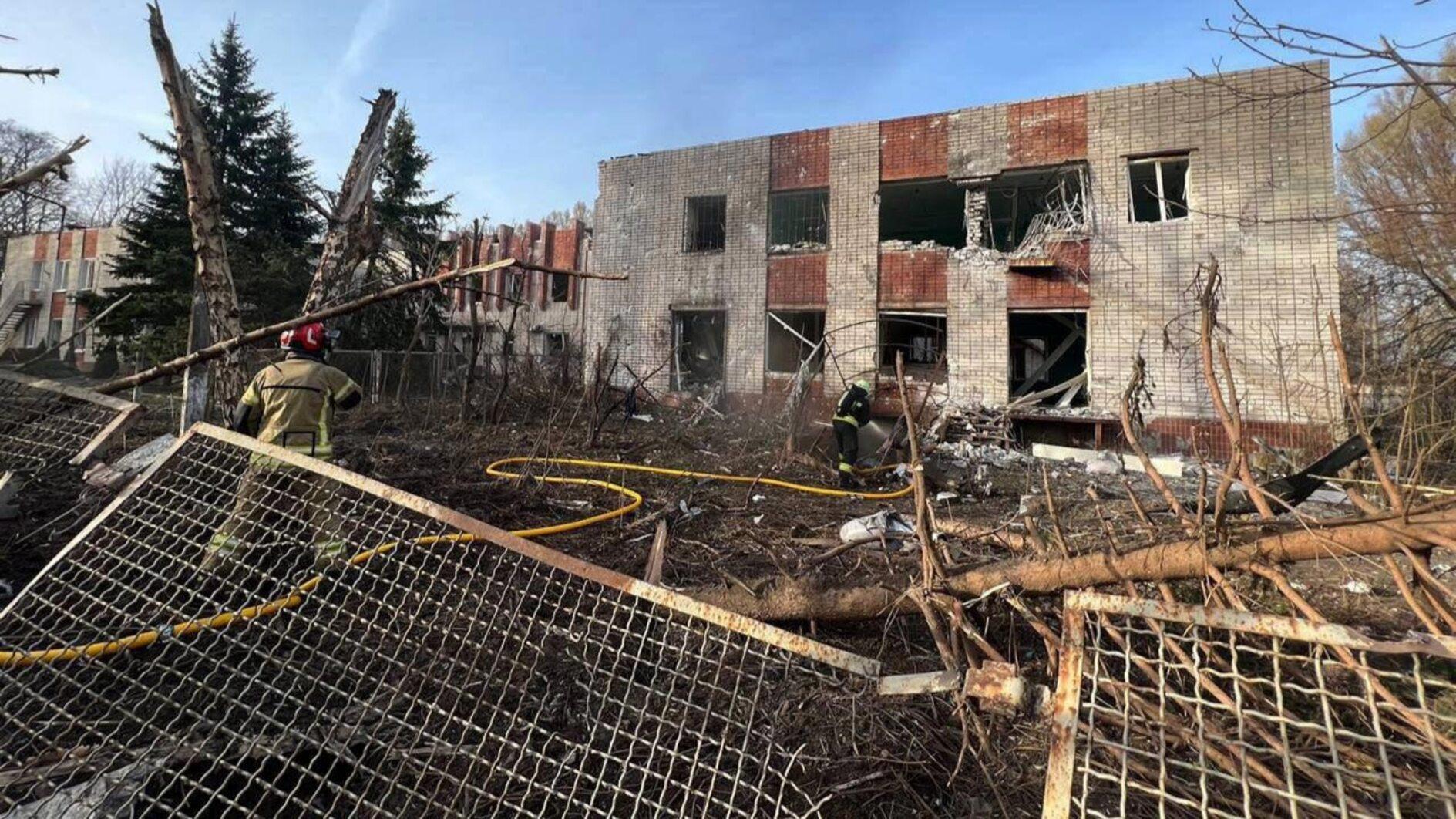Mind games in Syria
The civil war in Syria has entered a new phase with the active involvement of Russia. In reality, Russia has been part of the conflict on the margins since the outbreak of the crisis through its support of President Bashar al-Assad, both with its arms supply and diplomatic clout in international fora. It all came down to Russia’s struggle to maintain its strategic interests in Syria, the last bastion of Russian influence in the Middle East after the end of the Cold War.
In addition to Russia’s usual diplomatic and arms support for the regime, this time it decided to directly deploy fighter jets, helicopters, tanks, artillery units and soldiers as “advisers” to Syria. The Russian deployment came just in time for the al-Assad regime, which had been weakened to a point where collapse seemed probable – an event that would have entailed the loss of the only Russian naval base in the Mediterranean at the Syrian port of Tartus.
The Russian power play in Syria should be seen from the wider context of its reckless occupation of Crimea and risky moves in Ukraine, which resulted in international isolation and Western economic sanctions. In return, Russia has increased military maneuvers near NATO territory and aircraft probes over European airspace. In fact, NATO exercised 400 intercepts in 2014 over or near NATO territory against Russian aircraft, four times more than in 2013. Thus, recent encounters over Turkish airspace near the Syrian border is not an isolated event and should in fact be seen as an expansion of Russian attempts to shake off soft Western containment that was tightened after Crimea.
Also, Russian President Vladimir Putin has been trying to increase Russia’s presence in global politics “to end the unipolar system,” as he put it at the Munich Security Conference in 2007. The reluctant hands-off approach by the Barack Obama administration in Syria gave Putin another chance to return to the Middle Eastern tug-of-war. Thus, after a speedy military build-up, it began airstrikes on the Syrian cities of Hama, Homs and Idlib on Sept. 30, without a distinction between the Islamic State of Iraq and the Levant (ISIL) forces and other rebel groups such as the Free Syrian Army or al-Nusra Front that are against the al-Assad regime, with some working closely with the U.S.-led coalition forces.
The speed of the Russian build-up and sudden expansion of the operation theater in Syria, in effect creating an undeclared air exclusion zone out of its bases and support ships in the Mediterranean, have somewhat surprised most observers. As a reaction, France, Germany, Turkey, Britain, Saudi Arabia, Qatar and the United States issued a joint statement on Oct. 2, expressing concerns and registering their opposition to the targeting of Syrian opposition and civilians rather than ISIL. They called on Russia to end its attacks immediately and to focus its efforts on fighting ISIL, which has heretofore been ignored by Moscow.
In the meantime, though the overall Russian objective has not yet been revealed, the initial airstrikes indicate a strategy that aims to protect the beleaguered al-Assad regime, both halting the advance of rebel groups and forcing ISIL to withdraw further. Russia’s recent coordination with Iran, Iraq and Kurdish groups in the region further indicates its wider regional aims.
Along the way, Russian aircraft violated Turkish – and thus NATO – airspace and harassed Turkish F-16s monitoring the border area, while Syrian anti-aircraft batteries locked onto Turkish jets. While Turkey reminded Russia of its rules of engagement and the NATO secretary-general, together with the alliance’s members, issued warnings to Russia, its undeclared air exclusion zone now extends to the Turkish border. Moreover, Moscow has been challenging the Turkish idea of a protected zone on the border area, as well as Turkey’s rules of engagement.
Let’s see who blinks first.











